DG Classification
DG Classification
It is of utmost importance to recognize that your shipment may fall under the classification of hazardous materials when conducting international cargo transport. Hazardous materials refer to items that pose potential risks to human health, safety, property, or the environment. For instance, products like paint, perfume, and mobile phones are considered hazardous when it comes to shipping.
When dealing with the transportation of hazardous materials, strict adherence to the relevant regulations is crucial. Rest assured that your hazardous cargo is in capable hands, as our team undergoes continuous training and is overseen by seasoned experts to guarantee accurate classification and safe handling of your goods.
To provide a comprehensive overview of the characteristics of hazardous cargo, there exist nine primary classes of dangerous goods along with additional sub-classes. The following list outlines these nine primary classes:
| Note: Place mouse over the image for description. | ||||

Class 1 : Explosives |

Class 1 : Explosives |

Class 1 : Explosives |

Class 1 : Explosives |

Class 1 : Explosives |

Class 1 : Explosives |
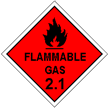
Class 2 : Gases |
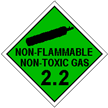
Class 2 : Gases |
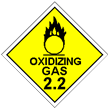
Class 2 : Gases |
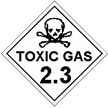
Class 2 : Gases |
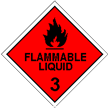
Class 3 : Flammable liquids |
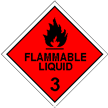
Class 3 : Flammable liquids |
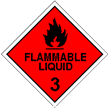
Class 3 : Flammable liquids |
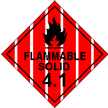
Class 4 : Flammable solids |
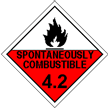
Class 4 : Flammable solids |
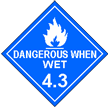
Class 4 : Flammable solids |
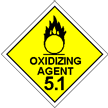
Class 5 : Oxidizing agents |
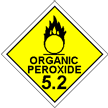
Class 5 : Organic peroxides |
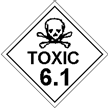
Class 6 : Poisonous toxic |
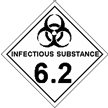
Class 6 : Infectious substances |
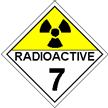
Class 7 : Radioactive substances |
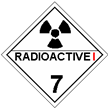
Class 7 : Radioactive substances |
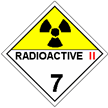
Class 7 : Radioactive substances |
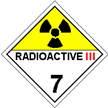
Class 7 : Radioactive substances |
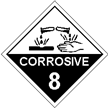
Class 8 : Corrosive substances |
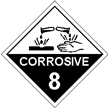 Class 8 : Corrosive substances |
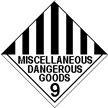 Class 9 : Miscellaneous |
|||


